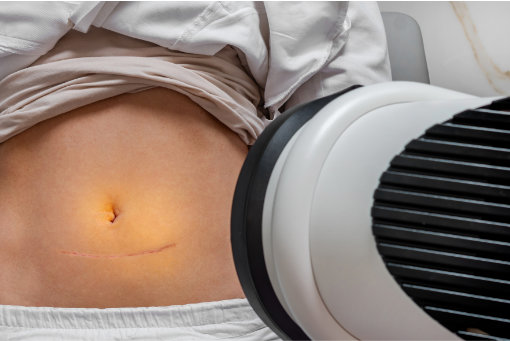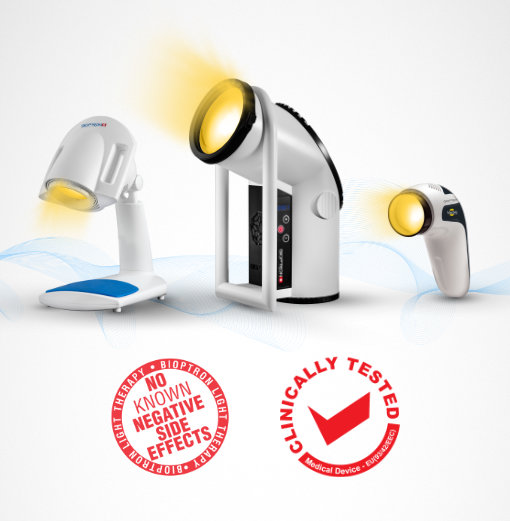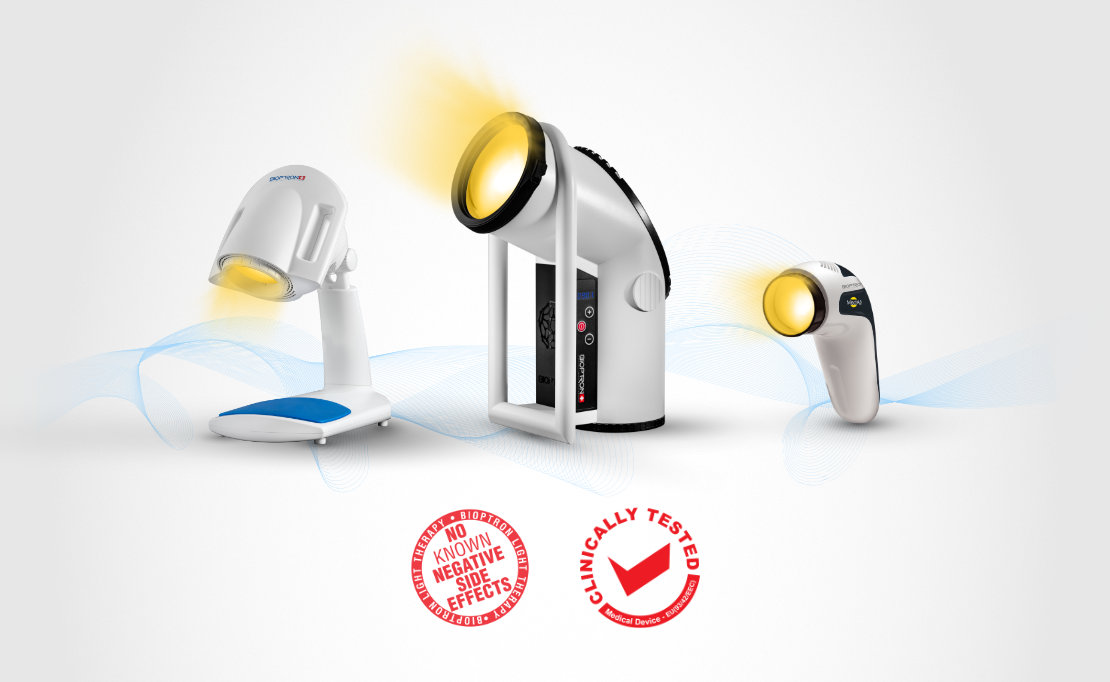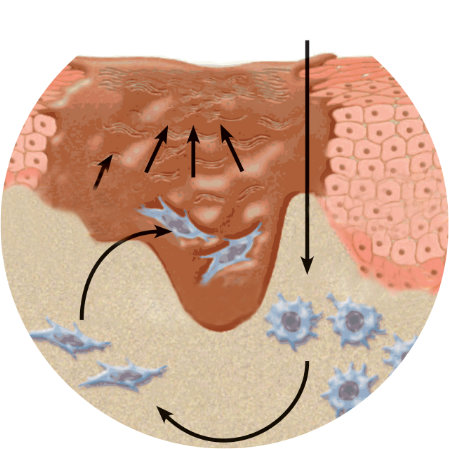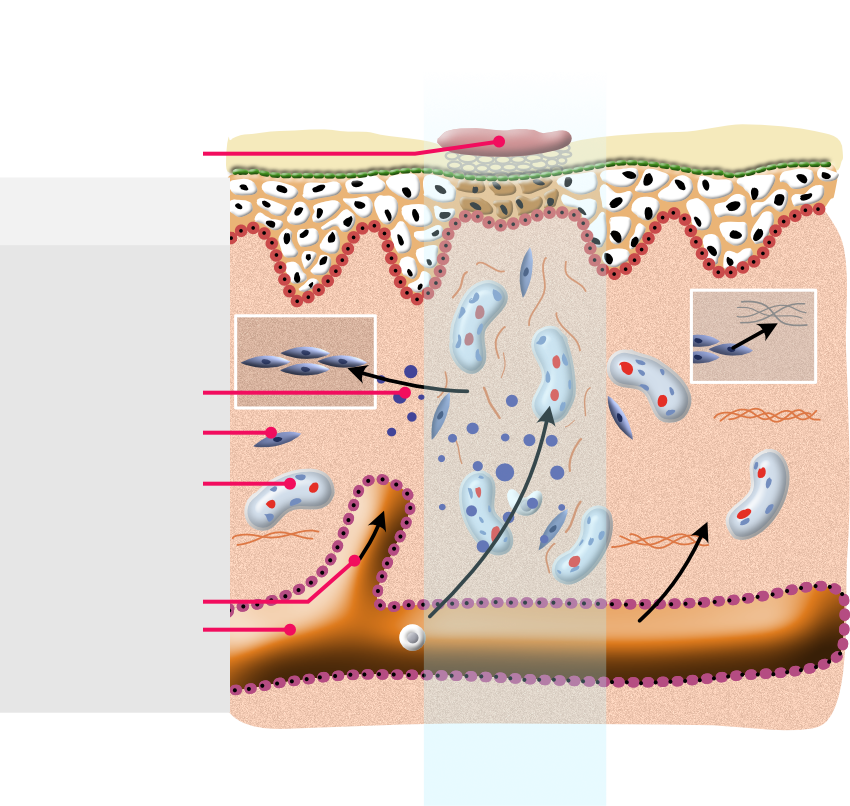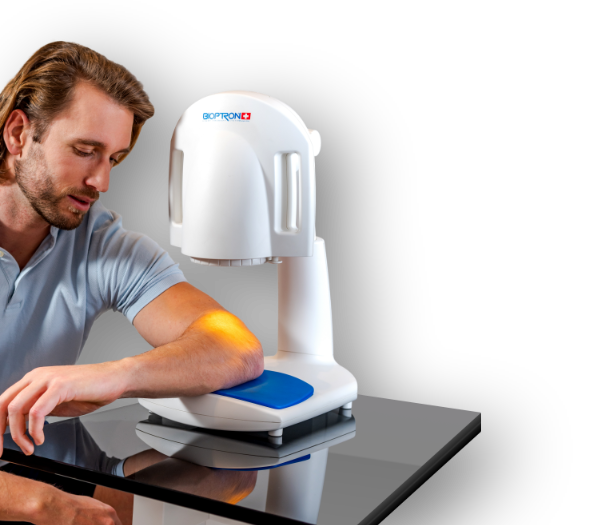Effective and economical treatment for accelerated wound healing.
BIOPTRON® Hyperlight Therapy is an extraordinary technology that offers an effective, fast and economical treatment for healing of all wound types, on any part of the body. It is used not only for the traumatic and post-operational wounds but also for burns, and non-healing wounds caused by vascular diseases, pressure or other health problems.
BIOPTRON® Hyperlight Therapy considerably enhances the natural regeneration processes of the tissues, for faster wound healing with minimal scarring. It reduces the risk of infections carried by the open wounds, decreases the need of other treatments such as wound dressings, shortens the duration of hospitalization.





























